Forbes contributor Zennon Kapron outlined four important factors that could define XRP price trajectory in 2025.
The most immediate factor is regulation, particularly in the United States. The Forbes report noted that XRP’s price potential is heavily tied to the outcome of Ripple’s legal proceedings with the SEC. A positive ruling could reopen the U.S. market to XRP by encouraging further institutional participation.
Regulatory Greenlight
Notably, Ripple’s days of arguing with the SEC in court concerning the long-running lawsuits are over. In particular, both parties have reached a settlement with a reduced fine of $50 million.
What remains for the case to ultimately conclude is the approval of the court on the new decision by both parties. Interestingly, the judge last week declined their request to approve the revised settlement terms, citing procedural errors.
However, according to Ripple’s lead counsel, the development does not impact the settlement agreement or Ripple’s earlier wins.
Recall that in 2023, the court ruled that XRP is not a security, which triggered a 100% surge that day. Many believe the ultimate resolution of the Ripple lawsuit could propel XRP’s price.
Institutional Adoption to Drive Real-World Utility
Beyond regulation, Forbes noted that real-world use by banks, payment platforms, and fintechs will be essential for XRP to maintain relevance.
It cited Ripple Payments (previously On-Demand Liquidity), which uses XRP as a bridge asset for cross-border payments, as a practical use case that could drive transaction volume.
However, according to the Forbes contributor, the success of this model depends on how many institutions actually choose to integrate XRP into their operations, rather than opting for private or fiat-backed digital alternatives.
Indeed, institutions using Ripple’s solution have the option to leverage Ripple’s stablecoin, RLUSD, or XRP. Some community members have raised concerns about this. They lament that XRP’s core role in the Ripple ecosystem is diminishing to just transaction fees.
Technological Upgrades
Furthermore, Kapron noted that XRP’s strengths in low transaction fees and high speed are no longer unique. With competing blockchains and Layer-2 solutions, XRP’s underlying technology must continue to improve.
The Forbes analyst stressed that to stay competitive, Ripple’s development roadmap must evolve continuously, incorporating protocol upgrades that improve scalability and privacy. Kapron also called for interoperability bridges to link XRP with other major blockchains.
XRP ETF Milestones Matter
Meanwhile, Kapron acknowledged that Brazil’s recent launch of the first XRP ETF shows a growing appetite for structured XRP investment products. He believes that if more XRP ETFs emerge, investor access and liquidity could significantly improve, especially in larger markets like the U.S.
Indeed, over 10 XRP spot ETF applications are under SEC review, with a decision on the Grayscale application due this month.
The regulator has approved leveraged ETFs for XRP, and they have seen significant momentum. Proponents believe that spot ETF approval in the U.S. could be the real game-changer.
Forbes concludes that XRP’s future hinges on adoption metrics, not speculation. The article stressed that if Ripple succeeds in translating its network of partnerships into active usage of XRP, 2025 could mark a significant turnaround.
If not, competition from stablecoins and evolving digital infrastructures may push XRP further to the sidelines.
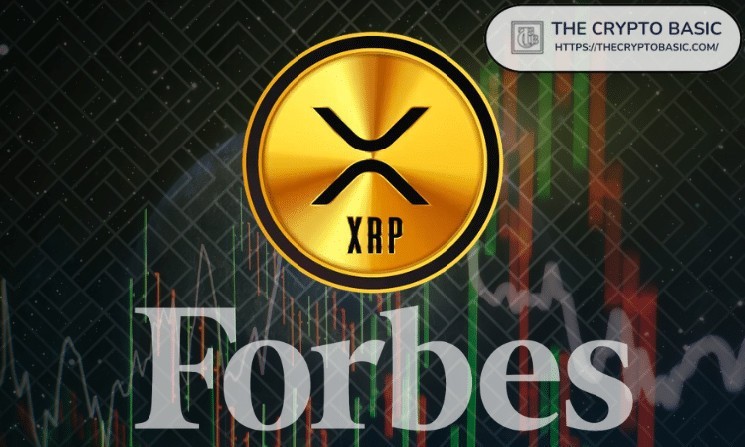

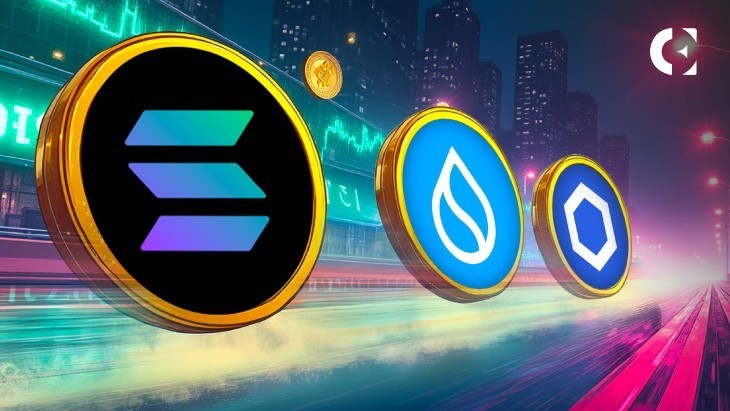
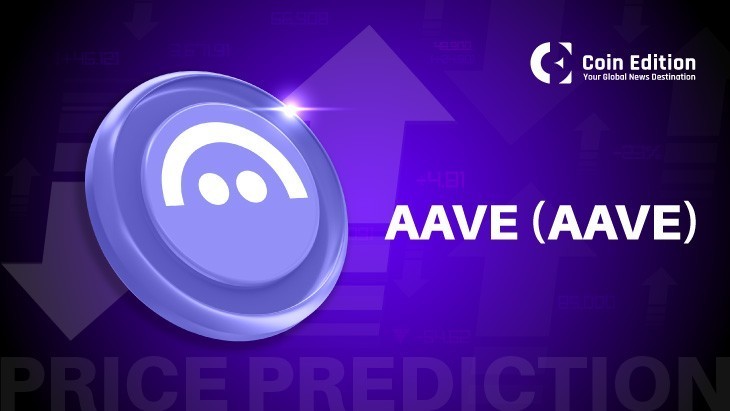

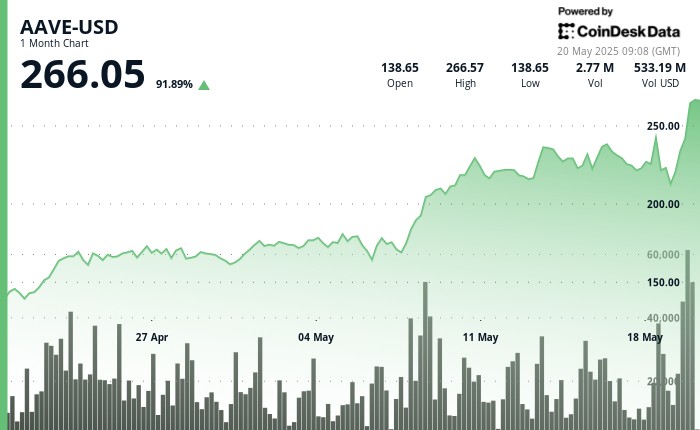



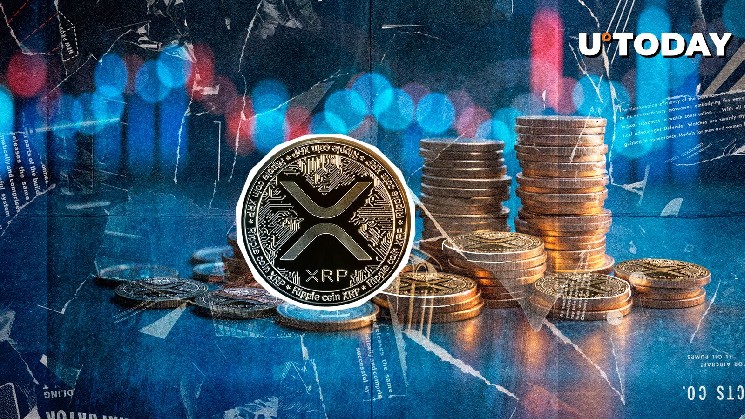



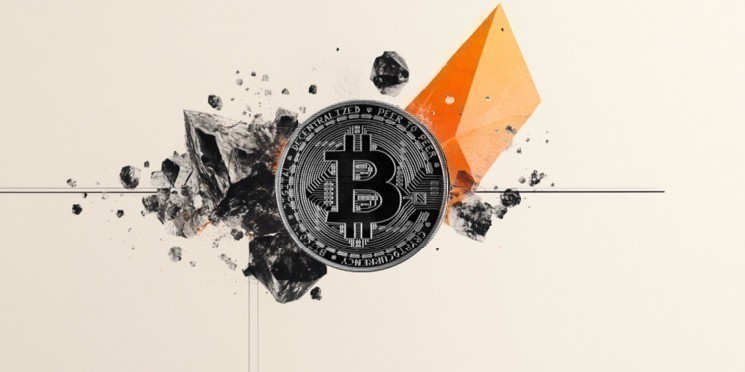
Leave a Reply